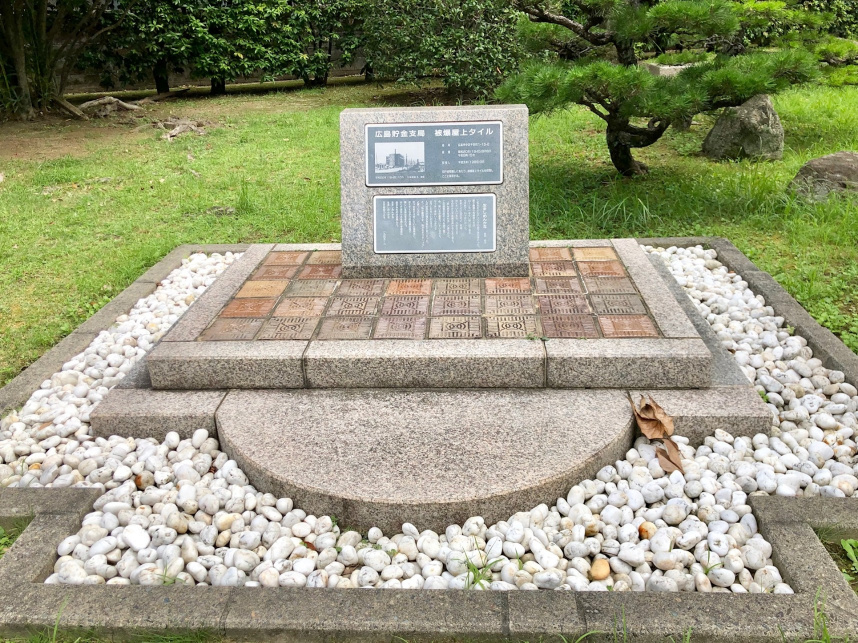 Commentary from Japan Tourism Agency
Commentary from Japan Tourism AgencyMonument to Kurihara Sadako
Table of Contents

Kurihara Sadako (1913–2005) was an acclaimed poet and writer noted for giving an eloquent voice to her fellow A-bomb survivors in the years following World War II. Until her death, she was a tireless campaigner against intolerance, oppression, and nuclear proliferation. When the bomb was dropped at 8:15 a.m. on August 6, 1945, Kurihara, then an aspiring poet, was at home, just 4 kilometers from the hypocenter. Less than a year after the war ended, in March 1946, Kurihara published what was to become one of the most famous poems on Hiroshima’s experience of the atomic bombing.
Written in the weeks following the bombing, the poem, titled “Bringing Forth New Life,” tells movingly of how hope may flourish in even the most wretched circumstances. It is about a midwife who sacrifices her own life, dying from exhaustion, to deliver a baby in an air-raid shelter where injured victims have taken refuge. The poem is based on an actual incident that occurred in the basement of the Hiroshima Branch of the Postal Savings Office (in reality, the midwife survived). The monument to Kurihara, who lived to the age of 92, contains blast-scorched tiles from the roof of that building, together with an inscription of “Bringing Forth New Life” in the original Japanese.